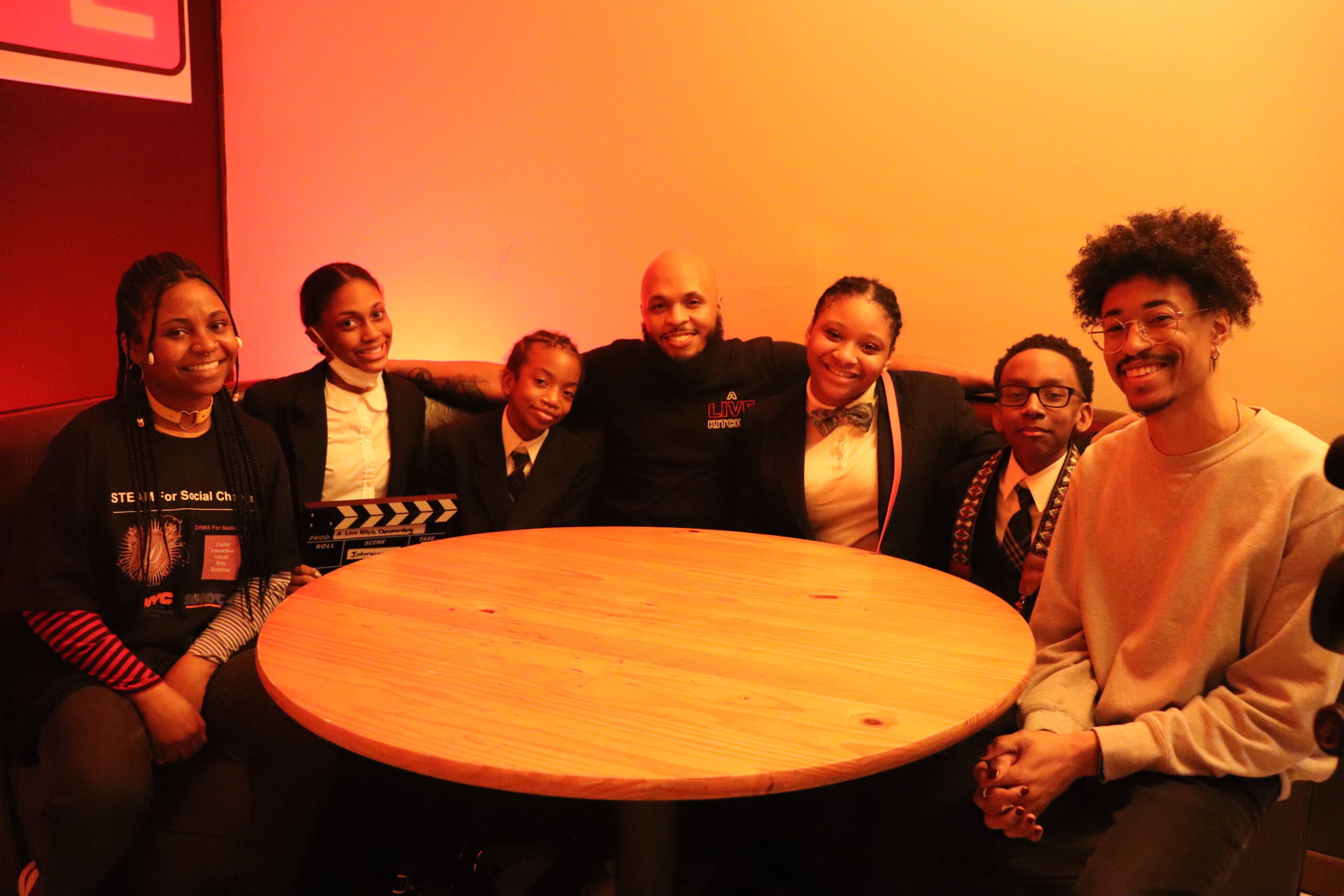Children need to see themselves as leaders and that can only happen with engagement and definitive outputs. Inspired by the work of The Laurelton Operation Clean Up, an abandoned lot in the Southeast Queens was identified and our next social action project was set! DIVAS for Social Justice hosts an after-school program, STEAM for Social Change. The students have to actualize a social action project in their community and utilize technology to make a change. In the past, students have reimagined Merrick Boulevard through 3D Printing, and highlighted the importance of economic development through mural design. The participants of DIVAS for Social Justice tirelessly worked for 2 years to secure the 1st community garden in the Springfield Gardens area. Children from 3 Laurelton schools petitioned neighbors in person and online to gather enough signatures to transfer land owned by the city to the Parks Department. In early March of 2020 the contract with Greenthumb (a subsidiary of The Parks & Recreation Department) was finally executed and the build out of the community garden would begin. The Garden Of Resilience would be realized. With the support of Councilman Donovan Richards and The Queens Borough Presidents Office , our organization had already constructed a gazebo for the space and purchased outdoor furniture and garden supplies. The schools working with DIVAS for Social Justice had reserved their buses for weekly trips to help with the garden and then COVID19 stole all of our dreams. All construction and programming halted and quarantine began.
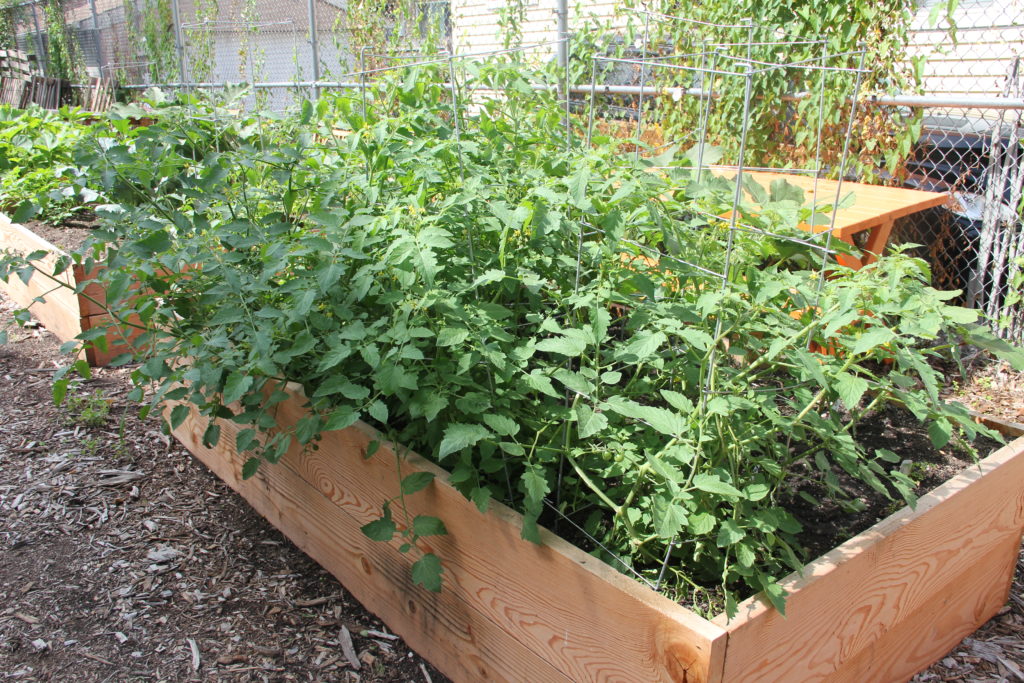
For three months, we were not allowed to have anyone on the premises of Garden Of Resilience. The land could only be maintained. Only 3-4 people came and cleaned the debris on the land and cleared weeds from the area as we waited to enter Phase 3 of opening New York City. When DIVAS programming went virtual the organization wanted to keep the promise of youth being part of the garden. The organization provided VR headsets to participants so they could be part of the design process of the community garden by being able to view the garden through a 360 degree camera. Through virtual designer participants:
- Designed the areas of the garden beds
- Reimagined wooden pallets to be a gallery wall
As New York City has entered into Phase 4 and schools will be reopening, there has been discussions of the concept of the Outdoor Classroom. During the Spanish flu and the Tuberculosis pandemic outdoor spaces were utilized for children to learn safely for safer ventilation. In more affluent communities where there is access to green space this is possible. Access to green spaces in Black and Brown communities is limited. I am by no means proposing that children should be learning outside in freezing weather but children should not be put in a position that they have to learn in an environment that may not have adequate ventilation systems. There have been a number of articles that have been published addressing this issue. A New York Times Writer highlighted this possibility in early July as well as Comptroller Scott Stringer . According to an OpEd penned by Comptroller Stringer :
There is no excuse for failing to take full advantage of our schoolyards. The DOE’s own data indicates that its 29.5 million square feet of outdoor yard and physical education space encompasses 1,575 school buildings in all five boroughs. Of that space, 8.2 million square feet are in Brooklyn, 7.1 million is in Queens, 7.3 million is in the Bronx, 3.3 million is in Staten Island and 3.5 million is in Manhattan. These are spaces that the city controls and that are literally connected to our schools, which would allow students to stay outside but still maintain easy access to bathrooms, hand washing stations and cafeterias.
Recently, at Mayor DeBlasio’s daily COVID19 briefings he expressed the importance of schools utilizing outdoor spaces.In another NY Times article highlighted the idea of pod learning in affluent areas of New York City in which students would learn in small groups and be taught by their teachers outside the classroom. The Hudson Lab School is offering this solution for $13,000 a semester. Quality education and alternative learning opportunities are allotted according to class and race.
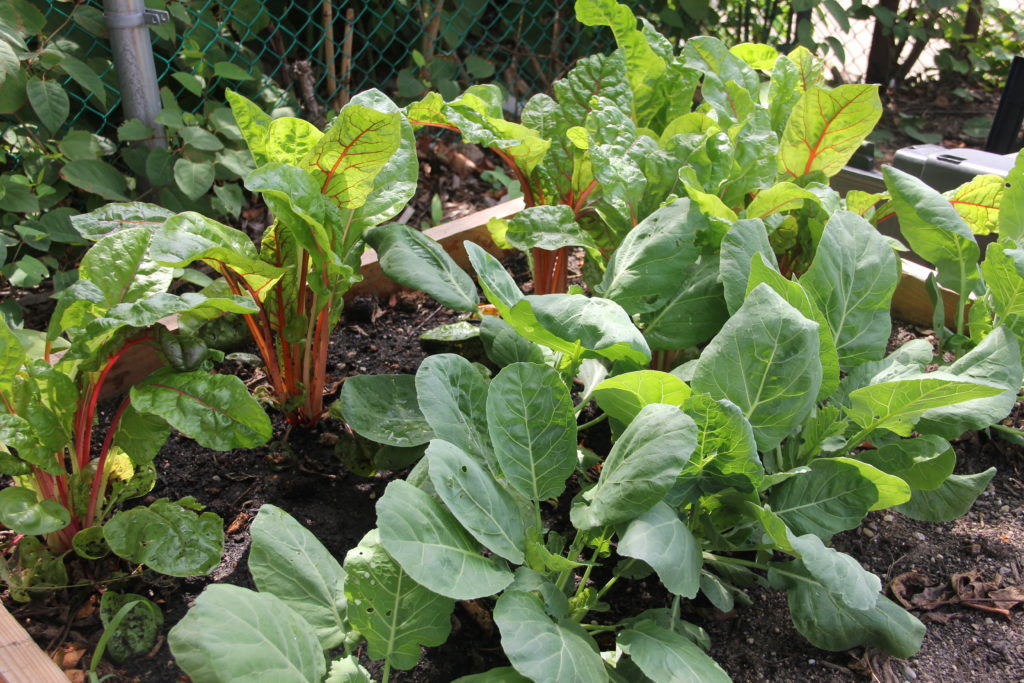
The Garden Of Resilience is a blank slate. In the last month the garden beds have been built out by the city and seedlings have been planted. The community garden is located blocks away from Community Voices Middle School 356, P.S 52 and Springfield Gardens High School. This space could be used for the following in partnership:
- Provide a green space to conduct classes that could range from English to Science
- Engage in physical activity through social distance that could reduce stress, anxiety and provide a safe space to address the trauma of COVID 19.
- Utilize tablets and mobile devices to learn about civic engagement and food justice in the area of Southeast Queens through the use of QR codes.
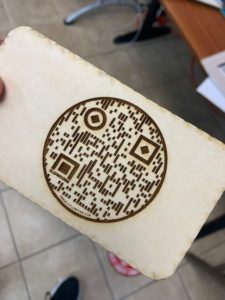
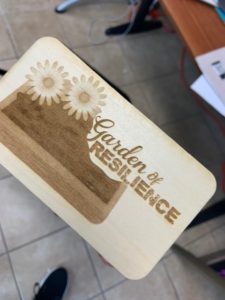
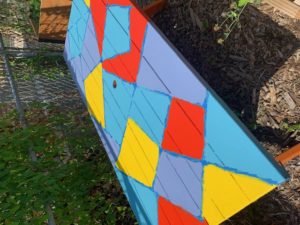
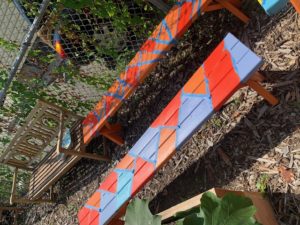
Our children and teachers need to be back in school but they should not have to pay the price with their lives because the federal government does not want to provide the funds needed to ensure there are proper ventilation systems in every school and all students and school administration have access to COVID testing. To protect our community let’s open up our parks and gardens to be learning spaces as our children navigate our new normal.




